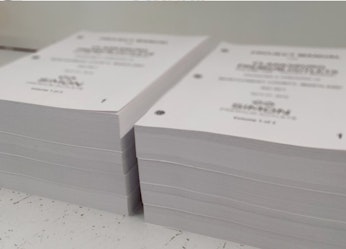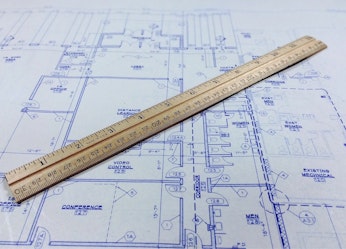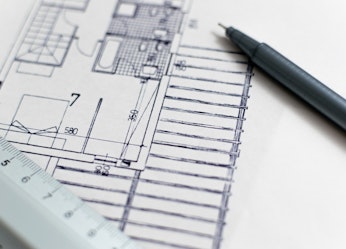

M|O Perspectives
Check back here for our thoughts on the latest developments in our industry.
When cheap isn't cheap
Feb 01, 2019
I broke a Christmas gift on Christmas day. Actually, I broke part of a gift. I broke a plastic bucket filled with automotive cleaning supplies from a well-known, high quality company. When I went to put the bucket filled with bottles of fluids and micro-fiber rags into the garage closet, the very thin and brittle handle fractured. Why would this happen to something sold by an otherwise very reputable company?
The answer: It’s not a lack of quality control but, rather, bad specifications. People buying this gift set are buying the car cleaning products; the bucket is just packaging. Most buyers probably don’t care about the quality of that bucket, and that is echoed in the actual product. In other words, the incentive to produce a quality product with longevity is truly dependent on the demand for it.
Much like that bucket, buildings can be made well, or they can be made cheaply depending on what an owner (buyer) wants. Buildings are often built to specifications that aren’t conducive to long-term ownership for the sake of cost-efficiency. For a forward-thinking owner, it’s wise to remember that it’s easier and less expensive down the line to maintain a building that’s been built with solid decisions than one that will inevitably need costly repairs arising from cheap design and construction.
For example, a roof system design that omits walk pads or a paving specification and does not include a seal coat after six months has short-sighted design flaws that will incur additional costs down the line.
Another example of a common design pitfall is not including a raised ceiling cab elevator in the design. People moving large items around, perhaps during building remodeling, will inevitably damage the cab of shorter elevators leading to additional maintenance costs over the life of the building.
These are just a few from an endless list of ways to make a property age quicker and cost more to maintain – better specifications and just a few pennies per square foot more can mitigate a lot of maintenance costs down the line.
At Marx|Okubo, we know immediately the differences between good and bad specifications, as well as the intricacies of building operations and maintenance to help our clients avoid mounting issues. We know about longevity and can see right through what only makes something look good in the short term.
If you’re interested in ways to extend the life of your buildings or how to design buildings with an eye towards reducing maintenance costs and increasing efficiency, please contact us.sandy_blair@marxokubo.com.



What we do.
- Owner's Representation
- Property Condition Assessment
- Project Management
- Constructability Reviews
- Repair | Reconstruction
- Facility Condition Assessment
- Construction Loan Monitoring
- Accessibility
- Building Enclosure
- Fire | Life Safety
- Mechanical | Electrical | Plumbing
- ESG | Sustainability & Resiliency
- Structural Engineering
- ASAP® - Automated Structure Alert Program
Marx|Okubo is a national architecture/engineering/construction consulting firm that works with real estate owners, investors and lenders—at every point of the property lifecycle—to evaluate their building projects, solve complex challenges and implement tailored solutions. We help clients understand their projects’ complexities, so they can make more informed decisions and, ultimately, mitigate their risk.




